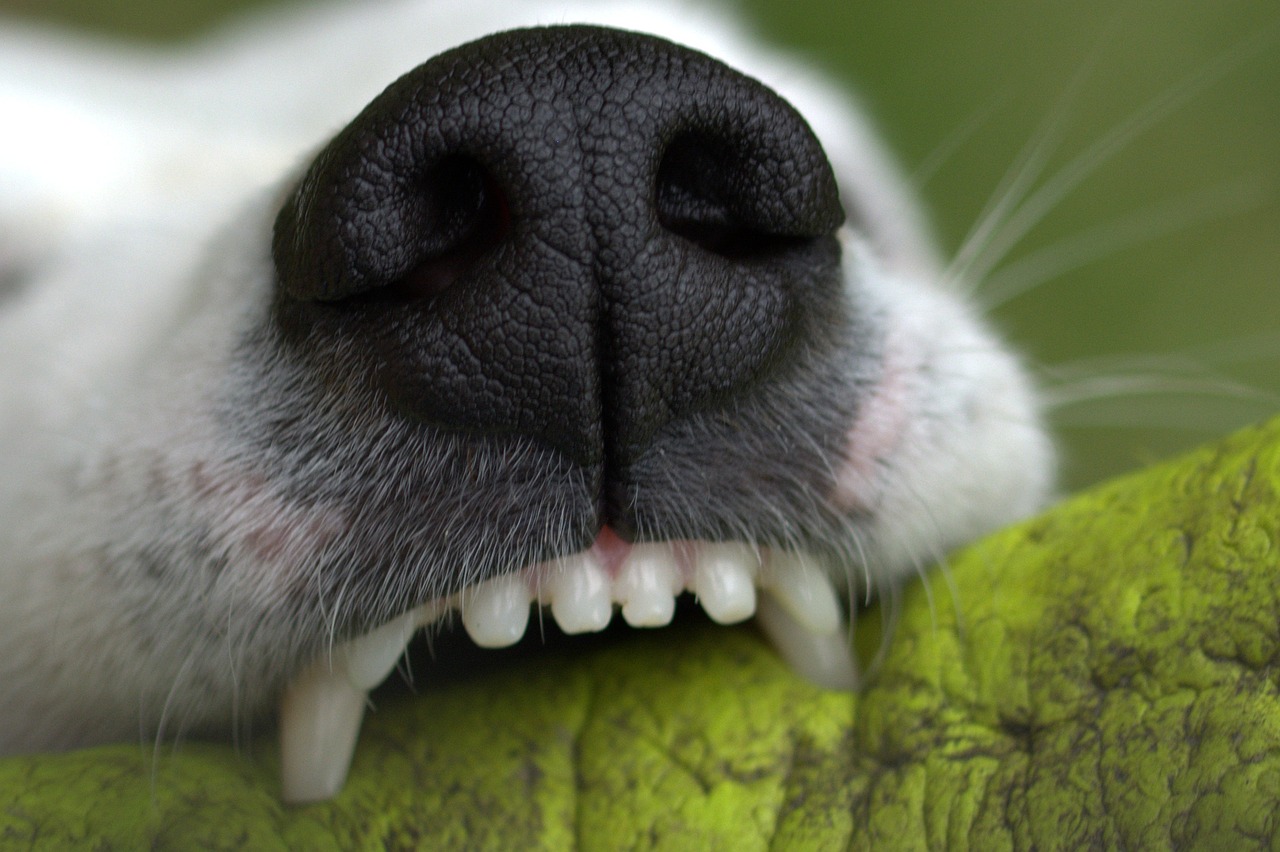When you think about your dog’s health, dental care might not be the first thing that comes to mind, but it’s an important part of their overall well-being. Any common issues you associate with poor human dental hygiene also apply to dogs, and the consequences can affect the entire body, not just the teeth and mouth. Today, we want to equip you with practical tips and knowledge to ensure your furry friend’s teeth stay healthy and strong.
What Are The Signs Of Poor Canine Dental Care?
Each of these symptoms is a potential indicator of dental problems that need attention:
- Bad Breath: More than just an unpleasant odor, bad breath in dogs might be a sign that serious, underlying issues like gum disease or tooth decay are present.
- Loss of Appetite: Dental discomfort can make eating painful, leading to a noticeable decrease in your dog’s appetite.
- Visible Tartar: Yellow or brown buildup on the teeth indicates tartar, a hard deposit that can harbor bacteria and lead to gum disease.
- Bleeding Gums: If you notice your dog’s gums bleeding, it’s a red flag for gingivitis or more advanced periodontal disease.
- Loose or Missing Teeth: This is a serious sign of dental decay and requires immediate veterinary attention.
How To Improve Your Dog’s Dental Hygiene
Diet is at the forefront of dental hygiene. Foods specifically formulated for dental health can help reduce plaque and tartar buildup. Crunchy kibble, for instance, can act as a mild abrasive on teeth surfaces, aiding in keeping them clean. Additionally, incorporating raw bones or special dental diets into their meals can be beneficial, as these help naturally scrape off plaque.
Dental toys and chews play a similar role, as these items are designed to help scrape off plaque and massage the gums. Ensure they are the appropriate size and toughness to limit the risk of choking.
Regular tooth brushing can, of course, assist in scraping off any gunk and tartar buildup, but not all dogs respond well to their owner fiddling around in their mouth. However, a well-trained dog is more receptive to having their teeth brushed, making the process easier and more effective.
Steps for Training a Dog to Accept Teeth Brushing:
- Gradual Introduction to Toothbrush and Toothpaste: Introduce the items to your dog by letting them sniff, lick, and taste the toothbrush and toothpaste. This familiarizes them with these new objects and flavors.
- Positive Reinforcement Techniques: Always bring a positive attitude (and treats!) to your toothbrush training session to encourage your dog during each step. Reward them immediately after they allow you to touch their mouth or brush a few teeth.
- Progressing from Touching the Muzzle to Gently Brushing Teeth: Begin by gently touching your dog’s muzzle and lips. Once comfortable, lift their lips and touch their teeth and gums without the brush. Gradually, introduce the brush with toothpaste.
- Consistency in Routine: A consistent routine will give your dog the best shot at acclimating to dental care. Consistency helps your dog understand what to expect, building familiarity and trust. Stick to the same time each day or week to make it a part of their routine.
Ideally, you should brush your dog’s teeth daily to maintain optimal dental health. However, if daily brushing is unrealistic, aim for at least three to four times a week. Consistency is more important than frequency, so establish a routine that works for you and your dog.
Gulf Coast K9 Dog Training is a professional dog training and obedience school serving Sarasota and Manatee County. Contact us today to learn more.





